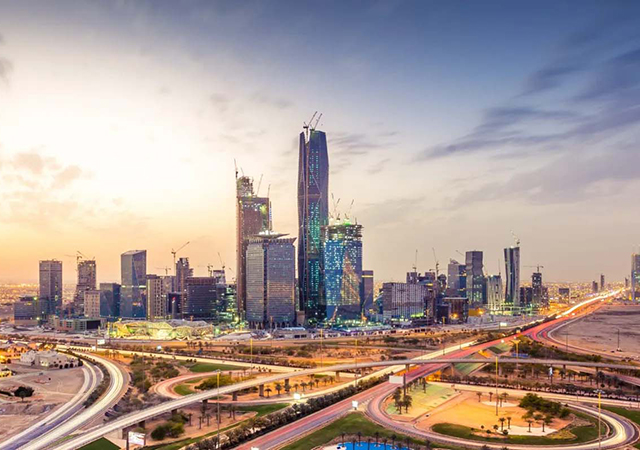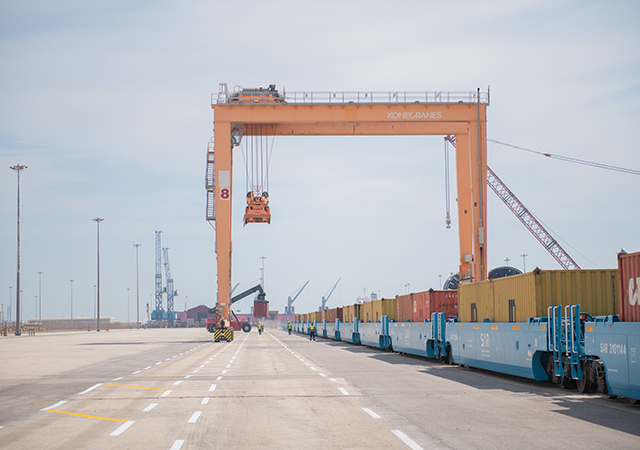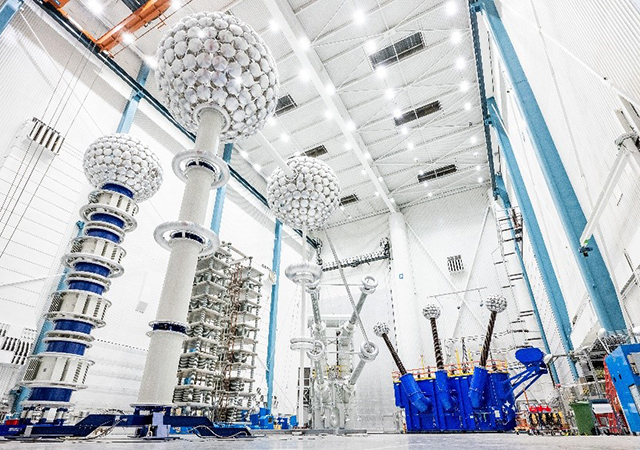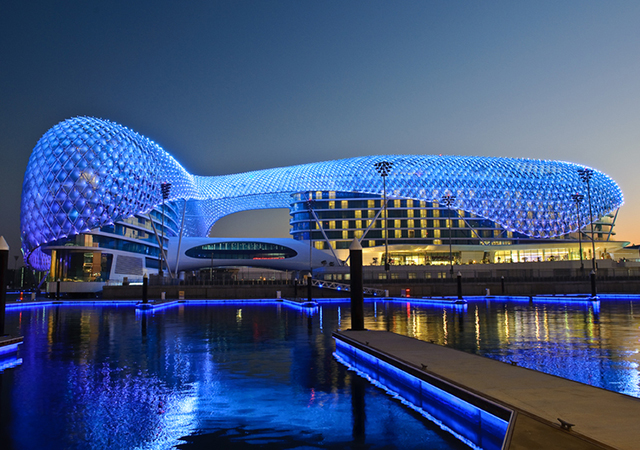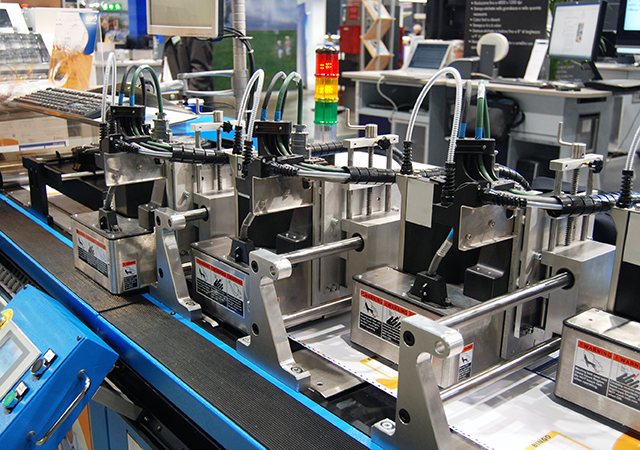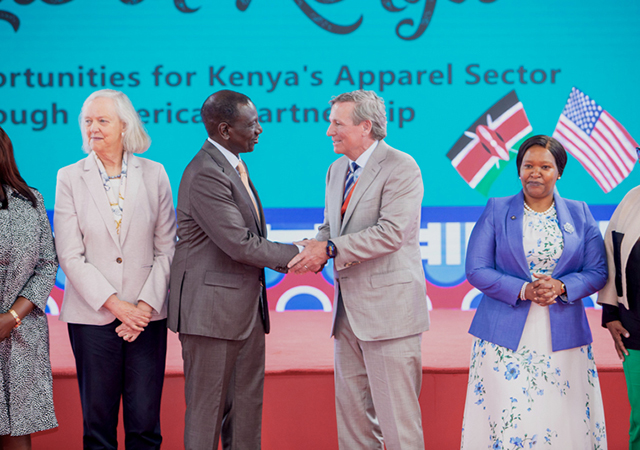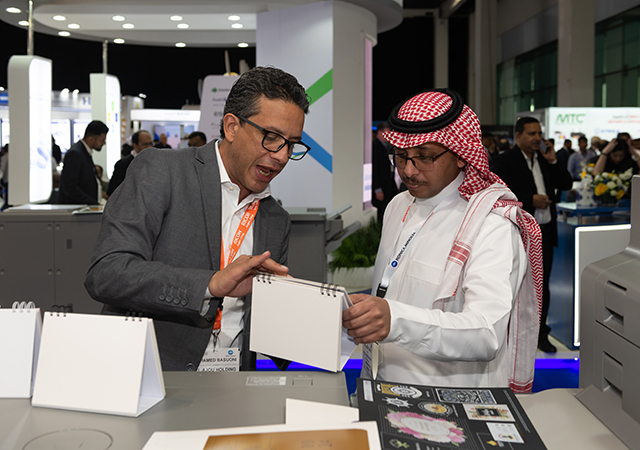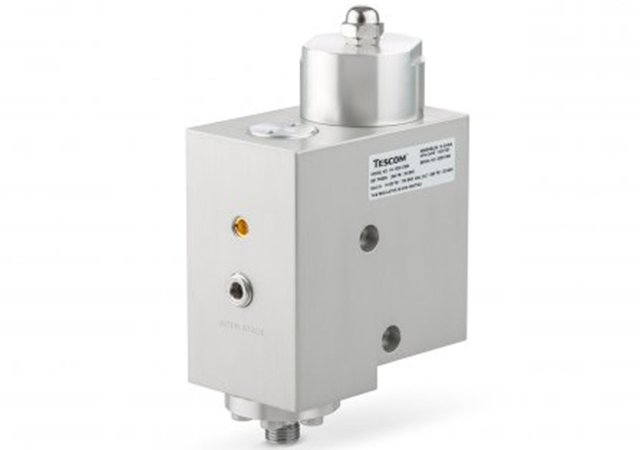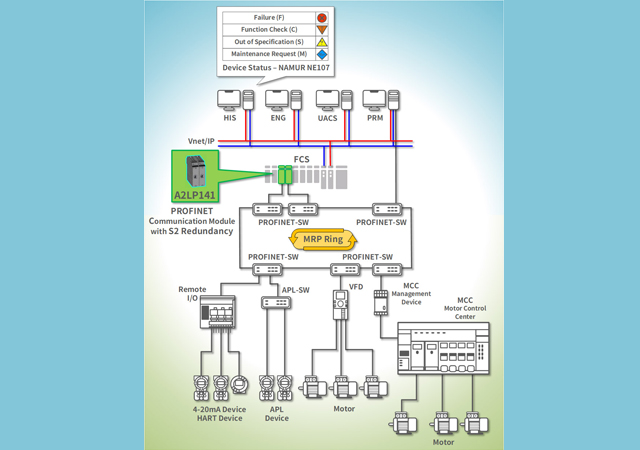
 The Sadaf plant
The Sadaf plant
Investment in shale gas and in a project to build an oil to chemicals (OTC) complex in Saudi Arabia are uppermost on the minds of Sabic authorities as they seek to improve the company’s fortunes and gain greater influence in international markets.
In the first month of this year, Sabic had revealed it was in talks with several US firms to invest in the US shale gas industry and expected to enter that market during the year. “This will be great for Sabic and globalise our operations,” Sabic’s chief executive Mohamed Al Mady had said when enthusiasm for shale gas was at its peak with advances being made in that field in the US and in Europe. However, Al Mady said more recently that any investment in the US would not be heavy in the initial stages and the company had no urgent funding needs. “Most of the shale investments will come in 2017,” he asserted.
But there has been no dampener in the months following the breaking of news that Sabic is contemplating an oil to chemicals project. The company is enthusiastic about it and sees it as part of its innovative and entrepreneurial culture which every year has it screening more than 250 start-ups for possible partnership. Earlier this year, Sabic filed for its 10,000th patent, making it the largest patent developer in the Middle East. Within such an ambience, the initiative to start the unique OTC is hardly surprising, particularly given that Sabic is a monumental player in the chemicals field, although it has interests in metals as well with such companies as Hadeed, the iron and steel plant, and Alba, the Bahrain aluminium smelter coming to mind. Indeed, the company is conducting a feasibility study and carrying out iron ore exploration at the Atomai Mines in Zouerate, northern Mauritania, under joint venture agreements with the Mauritanian company, National Company for Industry and Mining. Sabic says it has made this strategic move to strengthen its position as the largest steel manufacturer in the Middle East and to secure cost-effective and quality raw materials.
BETTER RESULTS
 |
|
The Kemya factory |
Notwithstanding its activities in the metals field, it is petrochemicals that draws most international attention towards Sabic. The company’s performance in the second quarter was scrutinised by chemical analysts as it was an improvement over the year-on-year period. The company reported a 7 per cent increase in second-quarter net income, earning SR6.46 billion ($1.72 billion) in the quarter compared with SR6.04 billion in the year-earlier period, Sabic said in a bourse statement. This was in line with the average forecast of analysts polled by Reuters, who had predicted a quarterly profit of SR6.42 billion.
Sabic, which is 70 per cent state-owned, attributed the rise in profits to higher production and sales volumes as well as higher prices for products. However, this was partly offset by a dip in sales volumes and an increase in feedstock costs for some products, the company said in a bourse filing.
The company’s results are closely tied to global economic growth because its products – plastics, fertilisers and metals – are used extensively in construction, agriculture, industry and the manufacturing of consumer goods.
There had been some concern in the stock market about Sabic’s earnings after two of its subsidiaries, Yanbu National Petrochemical Co and Saudi Arabian Fertiliser Co, missed analysts’ second-quarter earnings forecasts.
Sabic’s first-quarter earnings dipped 1.8 per cent year-on-year, as chief executive Al Mady complained that a lack of ample natural gas supplies within Saudi Arabia had emerged as a key constraint on growth there. Natural gas is used as a feedstock for petrochemical production.
STCS IN CHINA, INDIA
The company’s passion for research and development has seen it opening two technology centres (STCs) in less than a year, one in Shanghai and the other in Bengaluru in India. The Shanghai STC is concentrating on portable consumer electronics, while the Bengaluru one carries out research into new platforms for next-generation materials to reduce environmental footprints and develop eco-friendly products in response to global megatrends and needs.
A SPATE OF PROJECTS
 |
|
The Ibn Sina production facility |
Meanwhile, Sabic continues to invest in projects. One of its affiliates, the National Methanol Company (Ibn Sina) has initiated a polyoxmethylene (POM) project that will have an annual capacity of 50,000 tonnes.
Saudi Kayan , an affiliate of Sabic, has partnered Sadara Chemical and Saudi Acrylic Acid Company to form the Saudi Butanol Company, the first ever butanol plant in the Middle East. The plant will produce 330,000 tonnes of n-butanol and 11,000 tonnes of iso-butanol.
Sabic is also engaged in a phosphate project with Ma’aden and Mosaic. Sabic has a 15 per cent stake in the project which will include new mining and processing plants in the kingdom at Wa’ad Al Shammal Mineral Industrial City, as well as further processing plants at Ras Al Khair Mineral Industrial City. The two sites will be linked by the North-South Railway. Production at the new facilities is expected to commence in late 2016 with a total production capacity of approximately 16 million tonnes annually. The facilities will produce approximately three million tonnes of fertiliser products such as DAP/MAP and NP/NPK, as well as approximately 440,000 tonnes of downstream products including purified phosphoric acid (PPA) used in food industries, sodium tripolyphosphate (STPP) used in detergent manufacturing, and dicalcium phosphate and monocalcium phosphate (DCP/MCP) used in the manufacturing of animal feed.
Sabic and Shell have announced they are progressing plans for the expansion of various projects at the Saudi Petrochemical Company (Sadaf). The joint venture partners are also looking to expand their partnership beyond Saudi Arabia.
Both parties are developing a full range of polyols (a polyurethane building block) and styrene monomer propylene oxide (SMPO) plants at the existing Sadaf site in Jubail.
A joint venture of Sabic and Mitsubishi Rayon has signed a contract to construct two plants in the east of the kingdom worth $1.2 billion. The plants at Jubail Industrial City will be built by Taiwan’s CTCI Corporation, with one producing annually 250,000 metric tonnes of methyl methacrylate monomer (MMA) and the other 40,000 metric tonnes of poly methyl methacrylate (PMMA) a year.
Construction has begun and should be completed in the first quarter of 2017, with commercial operations beginning later in that year. The project will be funded by the partners’ own cash as well as bank financing, the statement added.
COMPLETION NEXT YEAR
 |
|
Sabic storage tanks at Yanbu Port |
Next year, a world-scale speciality elastomers facility will be ready at the Al-Jubail Petrochemical Company (Kemya) joint venture. The facility will have the capacity to produce up to 400,000 tonnes per year of rubber including halobutyl, styrene butadiene, polybutadiene, and ethylene propylene diene monomer (EPDM) rubbers, thermoplastic specialty polymers, and carbon black to serve local markets, the Middle East and Asia.
Kemya is a 50-50 joint venture between Sabic and Exxon Chemical Arabia Inc. The two companies have collaborated closely since the joint venture was established in 1980 producing polyethylene, ethylene and propylene. The new synthetic rubber project represents a significant broadening of Kemya’s product portfolio.
Also next year, the Sinopec Sabic Tianjin Petrochemical Company (SSTPC)’s polycarbonate production complex with capacity of 260,000 tonnes per year will be completed. SSTPC is a joint venture with Sinopec and Sabic each holding 50 per cent equity. The new plant is actually Phase 2 of the joint venture and uses the world’s leading non-phosgene polycarbonate manufacturing technology, which complies with China’s national energy saving and carbon emission policy.

